“One runway and a thousand opinions. All different,” said Franca Sozzani, editor–in–chief of Vogue Italia from 1988 until she died in 2016
Most likely, your phone floods with content about Fashion Week twice a year. Journalists, buyers, VIPs, influencers, or your coolest friend – whoever is on your “following list” makes it hard to get away from the rumours that only fashion generates. That’s how many people’s and many months’ worth of work falls in the (literal) hands of the public, who feel free to judge, cheer or condemn. After all, that is the true nature of judgements: sometimes, they hurt and do not even match the creator’s thought. But people don’t judge the idea; they judge the result. Then automatically, everyone feels free to give their own. However, if the judgement does not come from what we see but from what our background makes it look like, it is no longer comment but rather an opinion. It is a subjective viewpoint determined by culture or lack thereof.
Nevertheless, it is impossible to know what the show is about without research. Is it telling a story? Maybe the same old story. For many consumers, the story does not matter. And that is fine. It’s okay for designers, too. In other words, designers want to impress the audience and arouse emotions. They want to make consumers look their way. And, above all, they want them to buy their clothes. Being a fashion insider means developing conscious thinking and being aware of the dynamics behind what both independent talents and masters of creative direction want to show. The following words cannot give you the knowledge to judge, but they can give you the tools to do it consciously.
- The Brand
Before undertaking any consideration, it is vital to know the subject. There are many elements to consider – what kind of brand it is, its heritage, market position, etc. First and foremost, you must know the brand’s history, roots and the work of the creative directors who have contributed to creating what the label is today. If you knows the past, you can put the current decisions in the right context. Alexander McQueen’s memorable spring–summer 2001 collection is an illustration. Looking at the picture (Figure 1) may destabilise us at first glance. However, when you delve deeper into McQueen’s background, it becomes clear what the designer wanted to express. The topic of birds has to do with his childhood when he spent hours and hours watching birds fluttering freely from his bedroom. However, he was not as free as birds were. That’s why the animals are painfully trapped in the model’s body. It becomes clear that the more information you have, the more the show gets interesting.
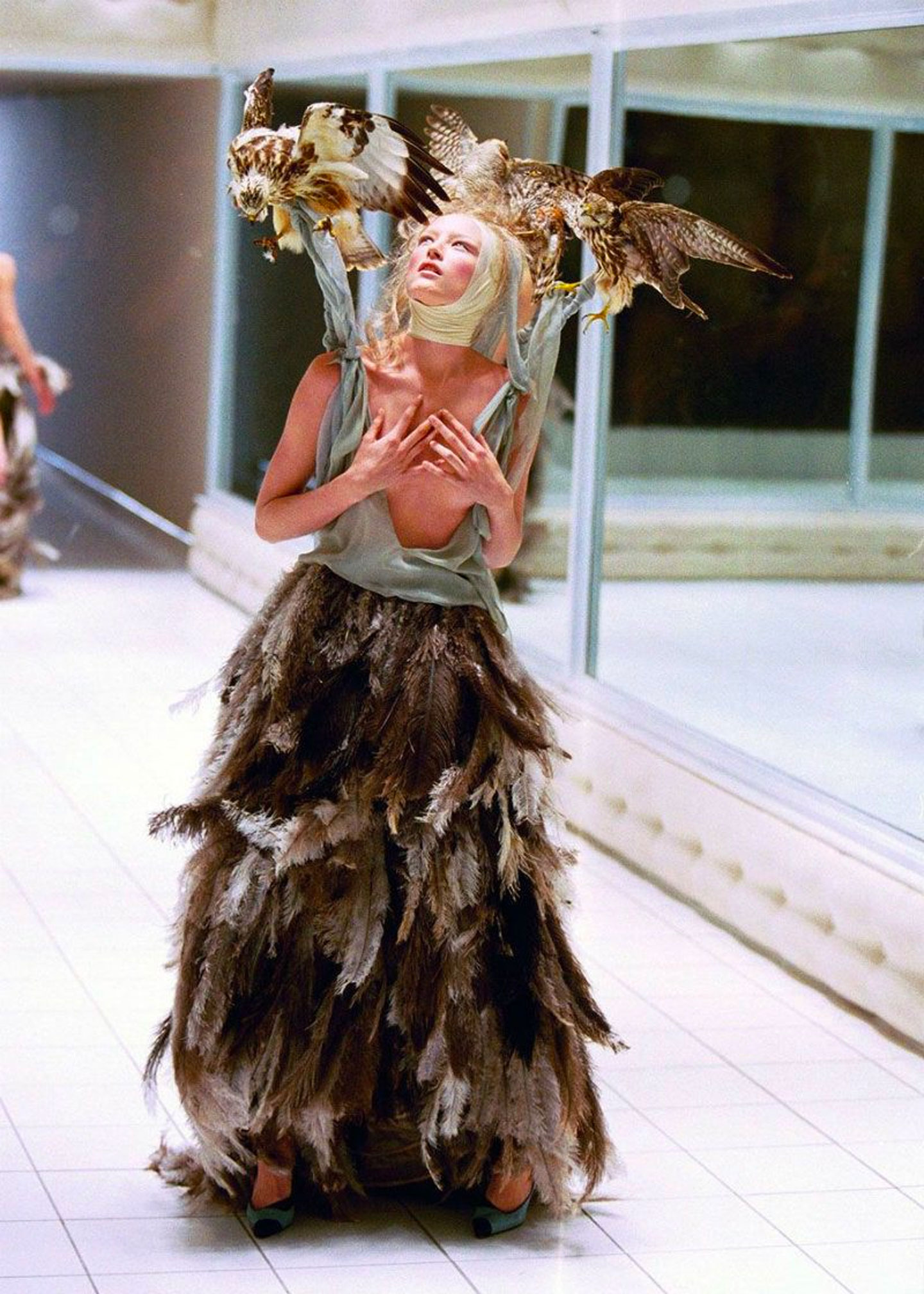
Alexander McQueen spring-summer 2001 ready-to-wear fashion show
2. The Collection
After gaining an overview of the brand, you can finally look at the collection. After all, isn’t a fashion show about presenting new collections? No. But this is another thing. A solid collection should balance the brand’s seasonal and permanent codes. The former includes the micro and macro trends of the season. For example, influences from the 00s have appeared on the catwalk since early 2020 – and will still be relevant in Spring 2023. In other cases, a trend can fizzle out after a single season. The latter include brands’ signature codes, such as Prada’s Nylon, Burberry’s Gabardine, and the Grey of Monsieur Dior. The collection could be balanced or not. It can follow seasonal trends regardless of its heritage or be faithful to its codes. The considerations are limitless.
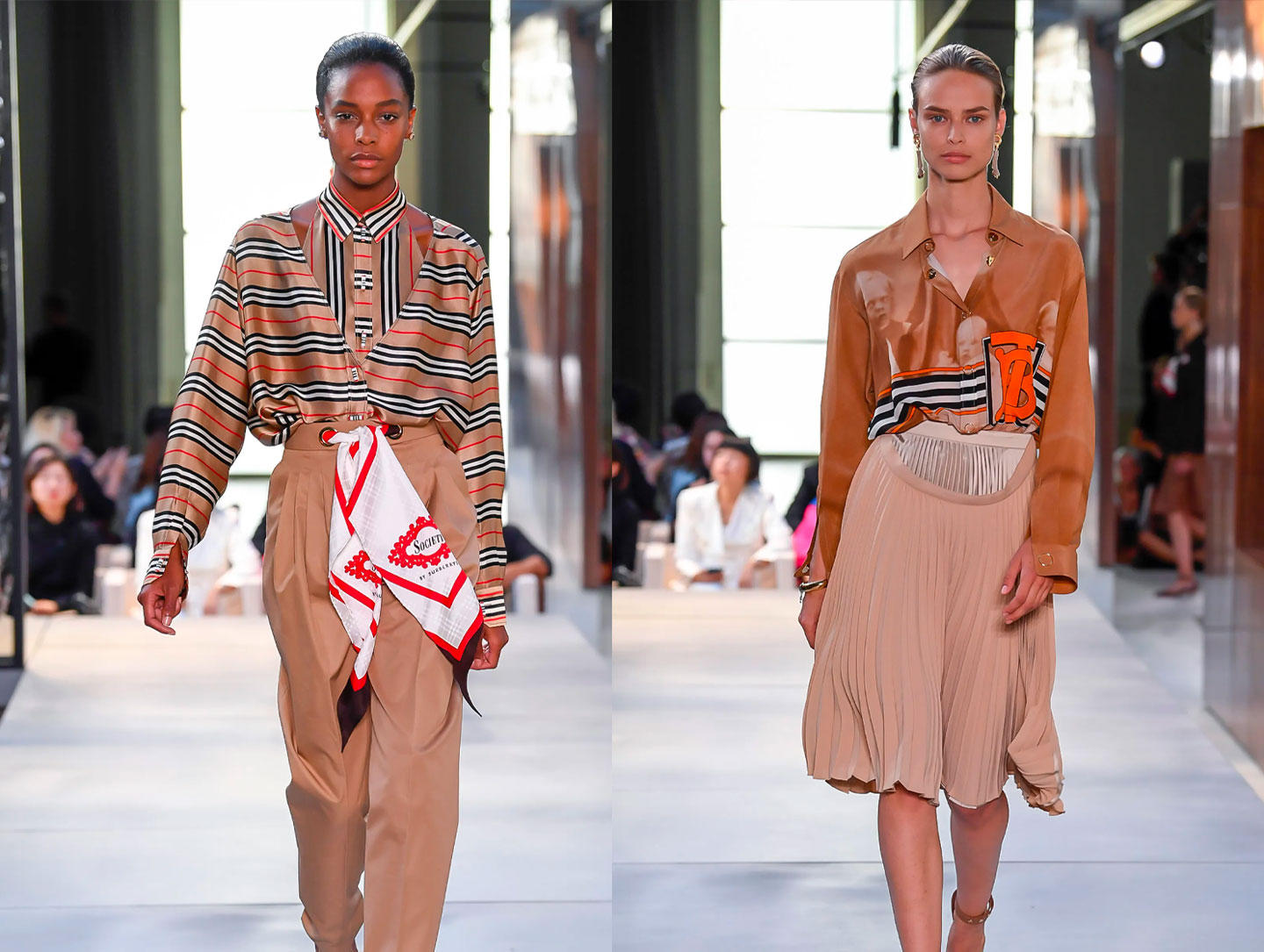
Burberry spring-summer 2019 ready-to-wear show by Riccardo Tisci
3. The Storytelling
A collection must tell a story. Like a captivating television series or a good book, a strong fashion show must have a climax. The collections’ looks usually share similar characteristics, such as colour palette, texture, or silhouette, but should evolve over the course. Therefore, a solid collection should be consistent in its overall look but with a dramatic edge, moving from more commercial (or wearable) pieces to more conceptual and distinctive ones. Usually called “show pieces”, they typically capture the entire collection message. “The purpose of a more extreme runway show is to convey an idea, a feeling. The clothes are not really a language; they are more like music.” said Valerie Steele, director of the Fashion Institute of Technology Museum.
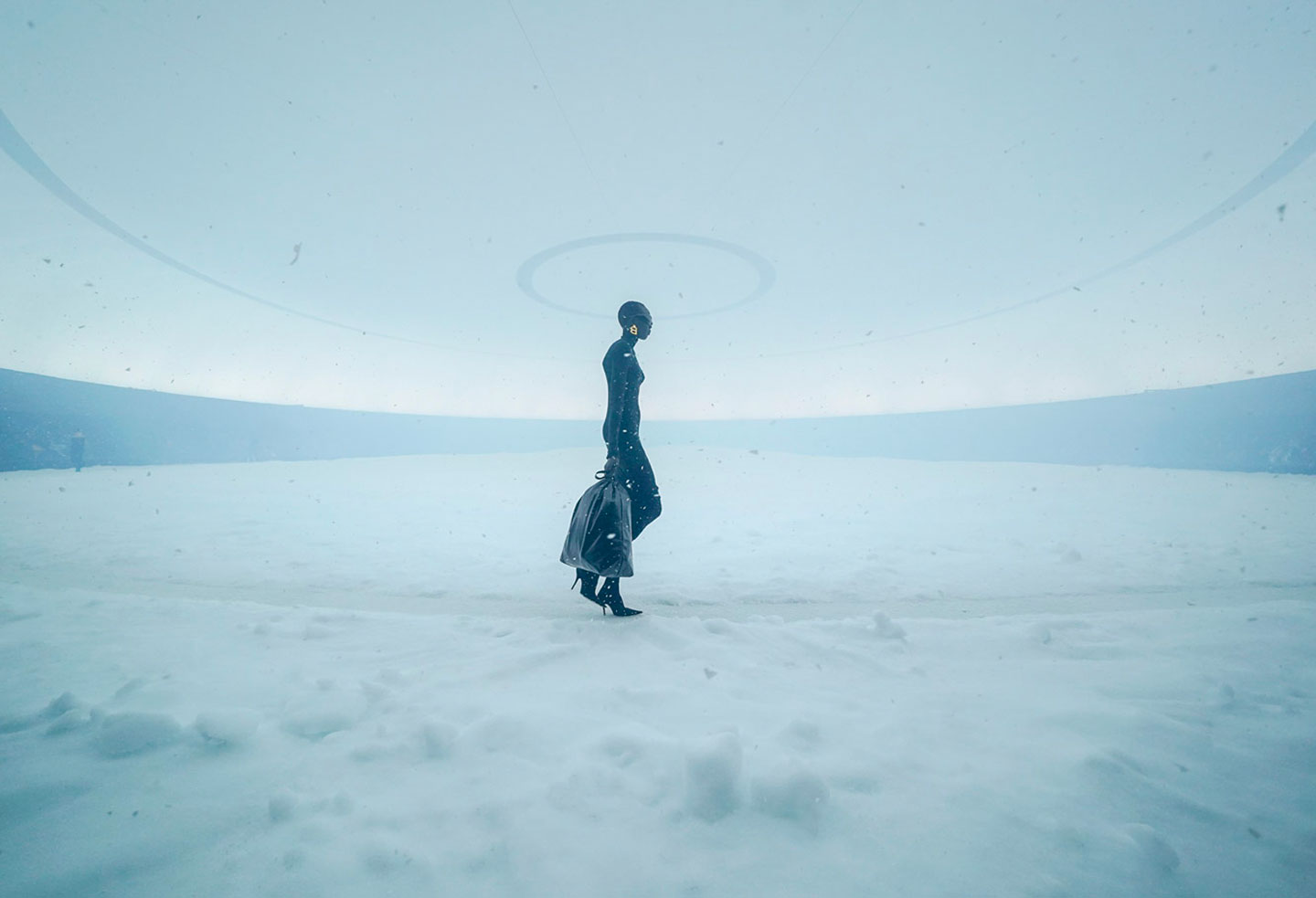
Balenciaga's fall-winter 2022/23 catwalk set was one of Demna's meta-immersive confrontations with climate change
4. The Message
A requirement that has become a rule is the brand’s ethics. At the time of the fashion show, it is essential to understand whether a casting is honestly inclusive or whether the company has opted for green choices in organising the event. If clothing must respond to the moment’s needs, fashion becomes a mouthpiece for a message in times of crisis. In the realm of rights, for example, several designers have used their events as sounding boards to speak out about everything from fair immigration policies to LGBTQ+ rights.
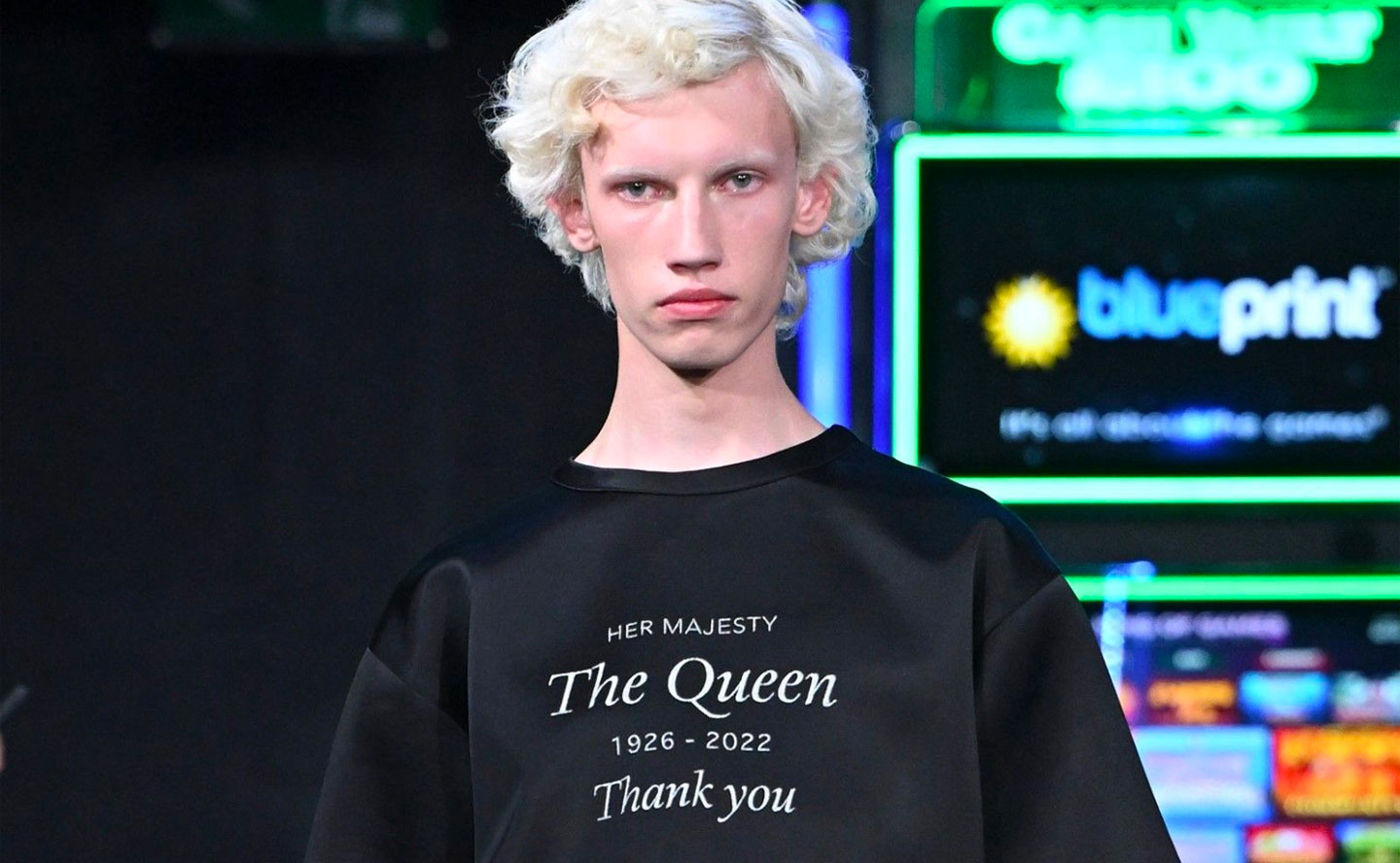
JW Anderson presented a t-shirt in honor of Queen Elizabeth II's passing in his spring-summer 2023 show in London
5. The Styling
Not only do the clothes at Fashion Week determine “what’s in”; the models’ hair, nails, and make–up also influence the trends in the industry. Hair and makeup matter, too. Designers work – sometimes for months – with fashion stylists to set looks that complement their collections. Looking at the styling can help to understand the collection better. Some beauty references can be critical to the collection. Nothing is left to chance.
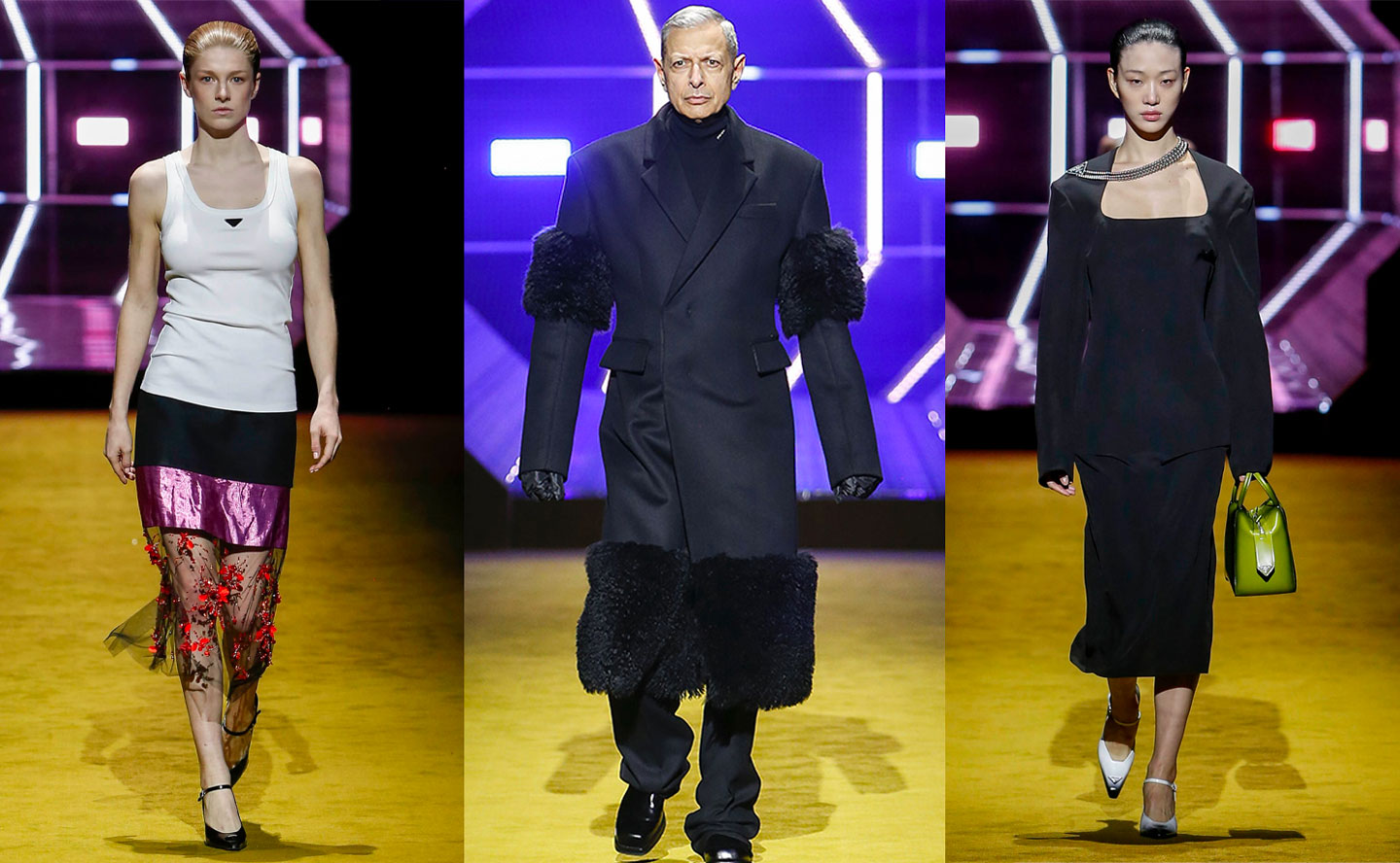
Prada fall-winter 2022/23 fashion show, styled by Olivier Rizzo

